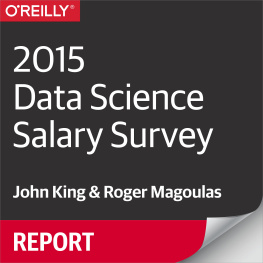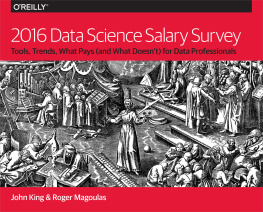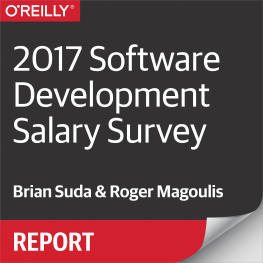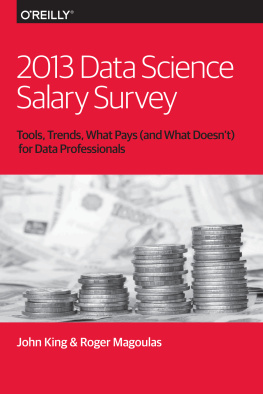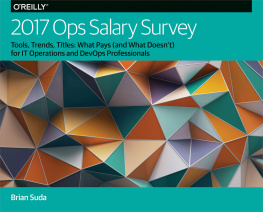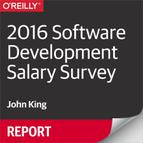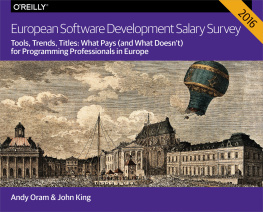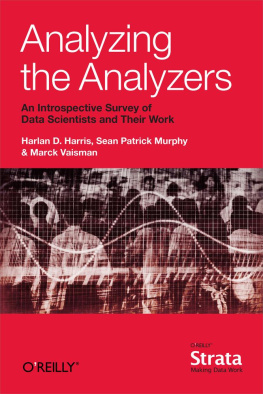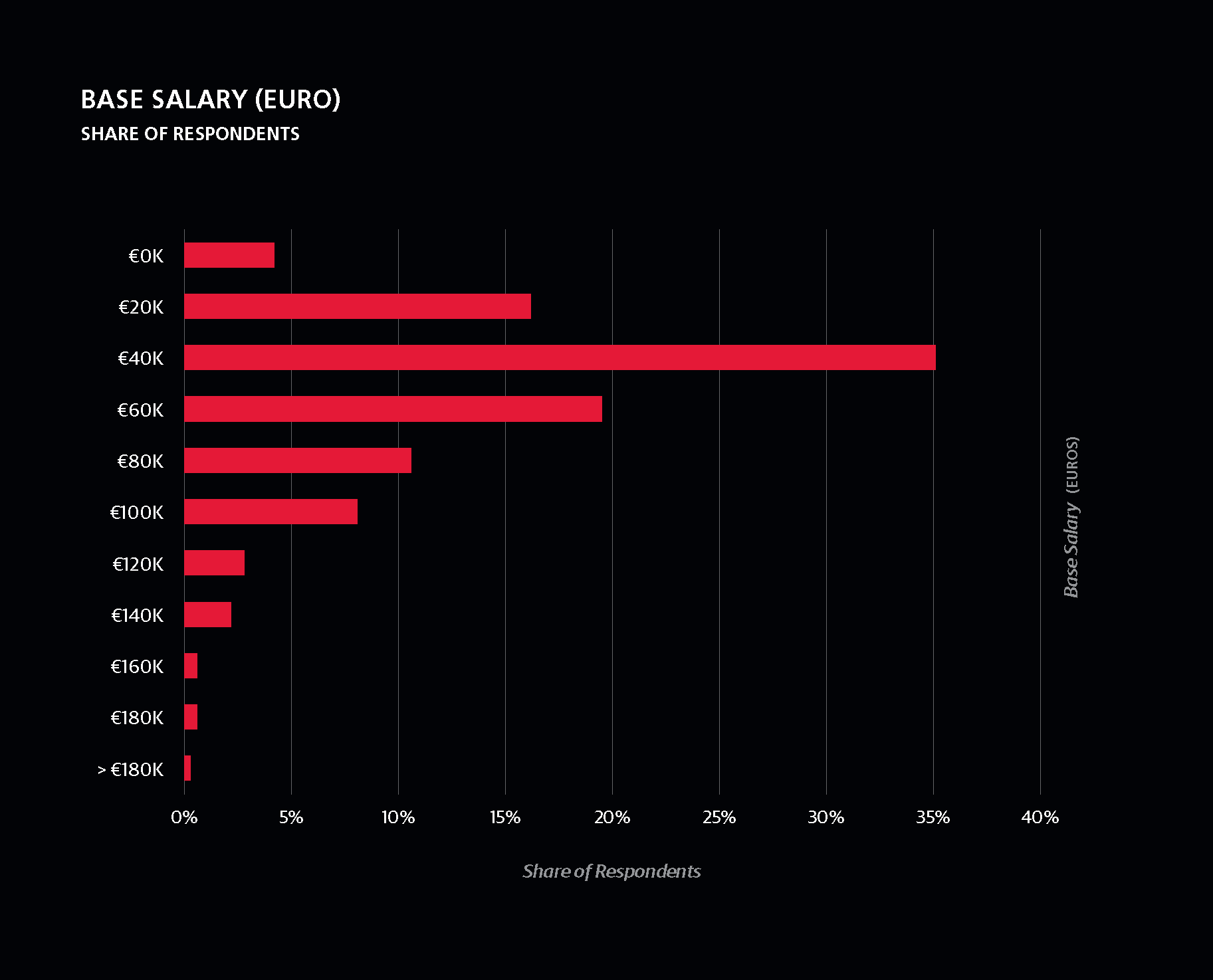Roger Magoulas - 2017 European Data Science Salary Survey
Here you can read online Roger Magoulas - 2017 European Data Science Salary Survey full text of the book (entire story) in english for free. Download pdf and epub, get meaning, cover and reviews about this ebook. publisher: OReilly Media, Inc., genre: Politics. Description of the work, (preface) as well as reviews are available. Best literature library LitArk.com created for fans of good reading and offers a wide selection of genres:
Romance novel
Science fiction
Adventure
Detective
Science
History
Home and family
Prose
Art
Politics
Computer
Non-fiction
Religion
Business
Children
Humor
Choose a favorite category and find really read worthwhile books. Enjoy immersion in the world of imagination, feel the emotions of the characters or learn something new for yourself, make an fascinating discovery.
- Book:2017 European Data Science Salary Survey
- Author:
- Publisher:OReilly Media, Inc.
- Genre:
- Rating:4 / 5
- Favourites:Add to favourites
- Your mark:
2017 European Data Science Salary Survey: summary, description and annotation
We offer to read an annotation, description, summary or preface (depends on what the author of the book "2017 European Data Science Salary Survey" wrote himself). If you haven't found the necessary information about the book — write in the comments, we will try to find it.
How do data science salaries for people in Europe compare to their counterparts in the rest of the world? Among the more than 1000 people who responded to OReillys 2016 Data Science Salary Survey, 359 live and work in various European countries as data scientists, analysts, engineers, and related professions.
This report takes a deep dive into the survey results from respondents in various regions of Europe, including the tools they use, the compensation they receive, and the roles they play in their respective organizations. Even if you didnt take part in the survey, you can still plug your own information into the surveys simple linear model to see where you fit.
With this report, youll learn:
- How salaries vary by country and specific regions in Europe
- Average size of companies by region
- How salary is affected by a countrys GDP
- Top industries for data scientists, including software, banking, finance, retail, and ecommerce
- Most commonly used tools vs tools used by respondents with above-average salaries
- Primary and secondary job tasks performed by survey respondents
To stay up-to-date on this research, your participation is crucial. The survey is now open for the 2017 report; please take just 5 to 10 minutes to participate in the survey here.
Roger Magoulas: author's other books
Who wrote 2017 European Data Science Salary Survey? Find out the surname, the name of the author of the book and a list of all author's works by series.


